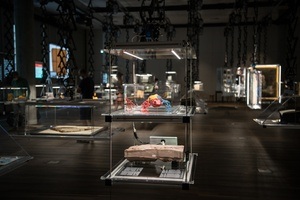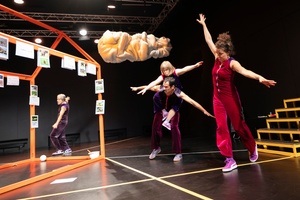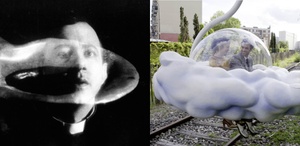In the organizer's words:
Introduction: Deborah Stratman (in English)
ISHI NO UTA (Toshio Matsumoto, Japan 1963)
The granite from the village of Aji - located in the mountainous north of Shikoku, one of Japan's four main islands - is considered to be the most beautiful in the country. From the cradle to the grave, it shapes the lives of the local stonemasons, who regard the stone as being as alive as themselves. Toshio Matsumoto's experimental portrait of a granite quarry, its production processes and its unique shapes and textures consists almost entirely of photographs whose motionlessness creates a formal correspondence to their subject: According to Matsumoto, filmmakers work the image in the same way stonemasons work stone.
LAST THINGS (Deborah Stratman; France/USA/Portugal 2023)
Based on two novels by the Franco-Belgian author J.-H. Rosny, the film attempts a perspective on rocks by visualizing and expanding these early works of science fiction literature with the help of peculiarly sensual scientific explanations and diagrams - a veritable register of supplementary texts and, image by image, the mineral world in its most radiant form. Dense and intricate, LAST THINGS is apocalyptic and optimistic at the same time: rock will outlast everything, including us humans - therein lies a peculiar consolation.





